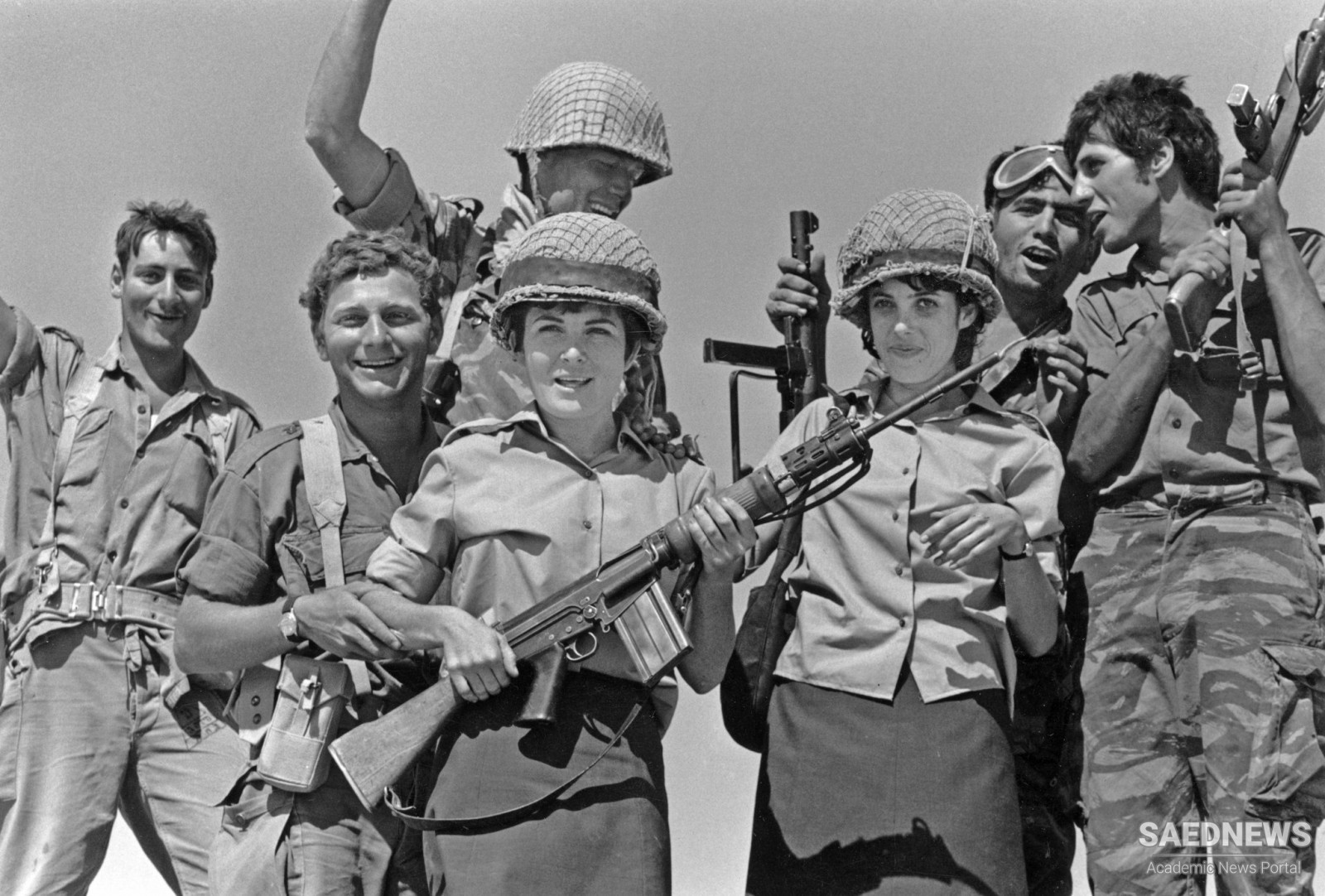The new commission, however, was for long unable to play any effective role. Thus it was the acting mediator who continued to hold the centre of the stage. On 6 January, Bunche was able to report that the governments of Egypt and Israel had both accepted his proposal for a ceasefire and for direct negotiations, under UN chairmanship, as well as for implementation of both the November resolutions. By its specific reference to the 4 November resolution, this seemed to imply that the negotiations would lead to a withdrawal of Israeli forces from the Negev and a return to the pre-14 October lines, as the Council had demanded. It seemed therefore to be a kind of deal: a promise to withdraw in return for direct negotiations on a final settlement.
In fact, however, Israel had no intension of making any such withdrawal. In her eyes the negotiations would simply be to establish an armistice, and to secure a ceasefire on the present lines. By the Negev operation in November, Israel had created facts which she had no intention of uncreating. Moreover, in the negotiations Egypt did not seriously contest this point. In practice the negotiations were merely for an armistice on the existing ceasefire lines, and the question of an Israeli withdrawal was not even seriously pursued.
Negotiations opened in Rhodes on 12January. Though the agreement had spoken of direct talks, in practice they were only semi-direct: Bunche, as mediator, had to shuttle from one lot of hotel rooms to another to resolve the issues between the two sides (a precedent which became famous, so that twenty years afterwards 'Rhodes-type talks' was the phrase used to describe semi-direct, proximity discussions of this kind). As a result of Bunche's diplomatic skills, and because both sides in fact genuinely desired disengagement, the talks fairly rapidly came to a conclusion. Six weeks later, on 24 February, an armistice agreement was signed. This became the basis for the settlement between the parties for the next seven years.
The parties agreed to obey the Security Council's injunctions for a cessation of military force against each other and it was accepted that the armistice was a step towards 'lasting peace in Palestine'. The Egyptian military forces trapped in the Al Faluja area were to be withdrawn, but Israel was to retain the Negev. A demilitarised zone was to be established around Auja. A mixed armistice commission - consisting of members of the two sides under the head of the UNTSO or one of its senior officers - based in the zone, was to be established to supervise the execution of the agreement. The arrangement was not to prejudice final claims by either side, and no military or political advantage was to be gained under the terms of the armistice.


 The Ninth Congress of the Ba'th
The Ninth Congress of the Ba'th














































